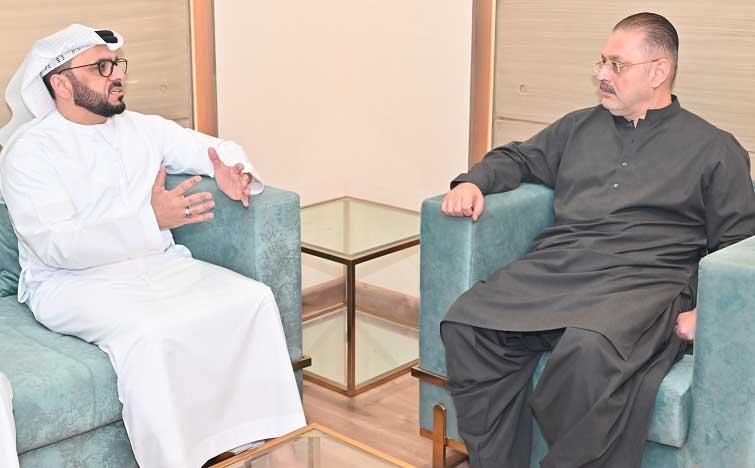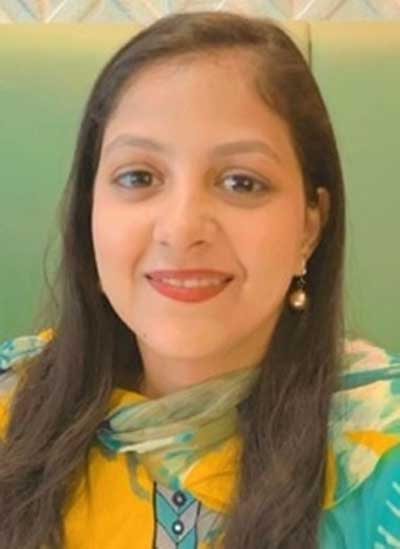“A Roof Above Our Heads – That’s All We Wanted”
That’s what Saifullah Soomro remembers thinking each time he walked through the dilapidated halls of the old Government High School in Umeed Ali Junejo. Cracked walls, sagging ceilings, and broken windows were part of the daily reality for students and teachers alike. Safety was a daily concern, but the chance for a good education was worth the risk for many families. Then the floods of 2010 struck Sindh, Pakistan, leaving the school in even more peril, along with thousands of others across the province.
The Sindh Basic Education Program (SBEP) emerged from this very crisis – a program aimed not just at restoring schools but at redefining education for the province. Launched through a joint effort by the United States Agency for International Development (USAID) and the Government of Sindh, SBEP set out to rebuild not only schools but also the spirits of communities and students in areas devastated by the floods.
A Beacon of Hope in Disaster Recovery: In the immediate aftermath of the 2010 floods, the outlook was grim. Hundreds of schools had been damaged or destroyed, and many wondered if these communities would ever recover. But SBEP represented a unique kind of hope, born out of international cooperation. Schools built and rehabilitated under SBEP became symbols of resilience, standing tall as reminders of what could be achieved when nations come together to rebuild in the wake of disaster. Beyond infrastructure, this partnership aimed to address the deeper issues of access, quality, and community engagement in education – a long-standing challenge in the region.
Building for the Future, One School at a Time: One of the program’s most visible achievements has been the reconstruction of schools that the floods had once destroyed. These new buildings are not only modern but built with the strength to withstand future disasters. In fact, during the 2022 floods, many of these schools served as shelter homes for local families, offering safe spaces for people displaced by rising waters. The resilient infrastructure wasn’t just a benefit for students but a lifeline for entire communities.
And for students who once studied under collapsing roofs, the change is transformational. Now, classrooms are equipped with modern facilities – science labs, computer labs, and libraries – that were once only things of imagination or found in textbooks. “The new building has brought a sense of security,” Saif shares. “Now, students and teachers can focus on education without the constant fear of danger.”
At Government Secondary High School in Jacobabad, teacher Khan Baloch witnessed firsthand how the new environment sparked excitement among students. “It’s a world of difference,” he says. “Students are thrilled with the large building and modern lab facilities – before, they had only read about such things. Now, they’re experiencing it.”
More than Bricks and Mortar: Enhancing Education Quality: SBEP didn’t stop at rebuilding structures; it sought to rebuild the quality of education itself. New teaching methods, technology integration, and comprehensive teacher training programs have been introduced to the curriculum, transforming the way students learn. Today, students have access to solar-powered computer labs and science labs, giving them hands-on learning experiences that were once unthinkable in these rural areas. Practical education, a vital part of a well-rounded schooling experience, has become a reality.
A Lasting Legacy of Resilience and Opportunity: As the program nears completion, the impact of SBEP continues to grow. Students now have safe and inspiring places to learn, communities have a renewed sense of hope, and teachers are empowered with the tools and training they need to guide the next generation. This journey from devastation to transformation is a testament to the power of international cooperation and the resilience of the human spirit.
Through SBEP, the province of Sindh is not just recovering but rebuilding with a vision for a brighter, more resilient future – one where quality education is within reach for all.




